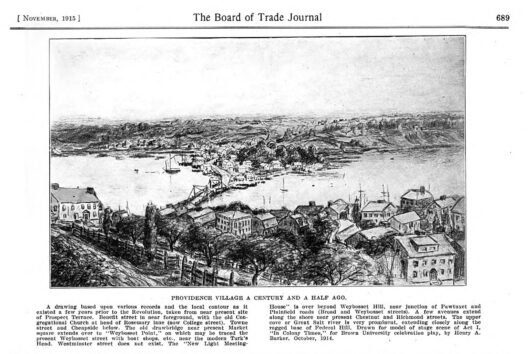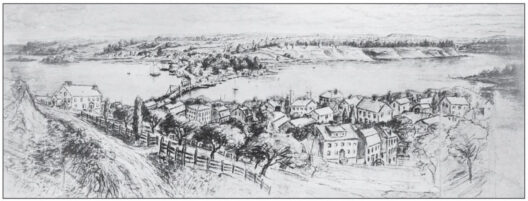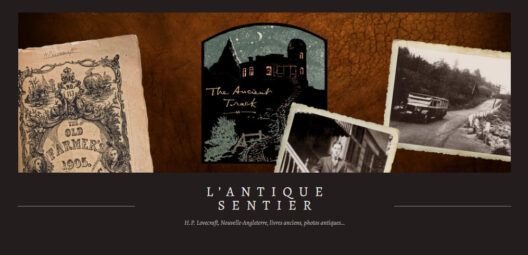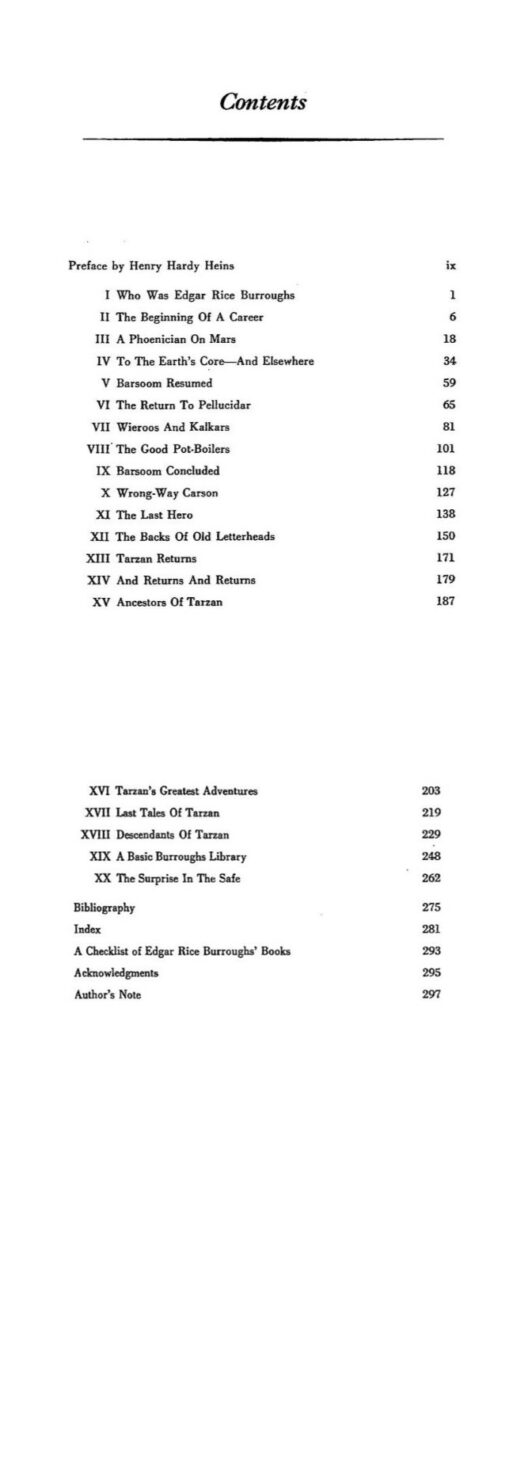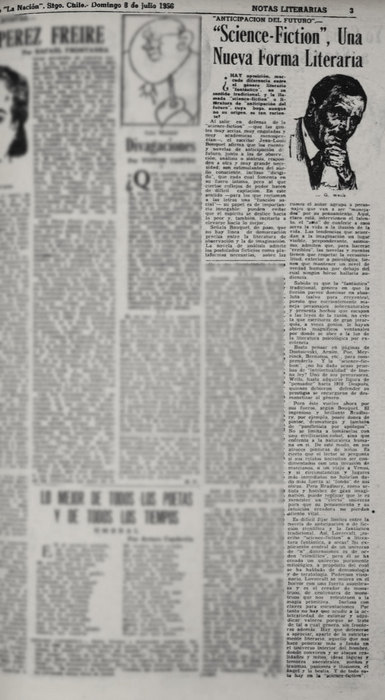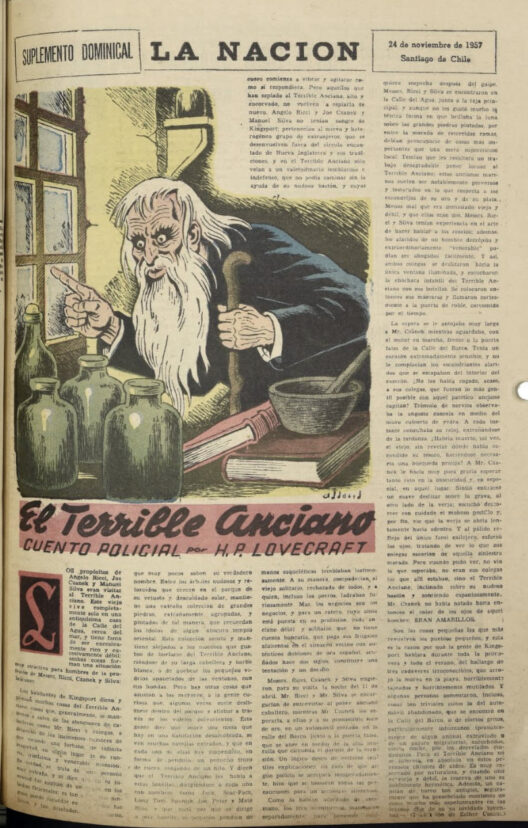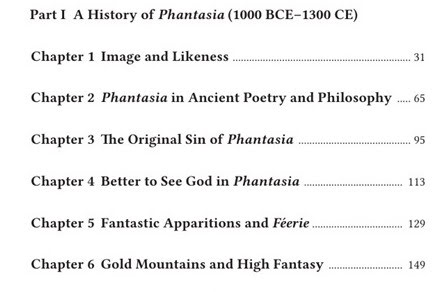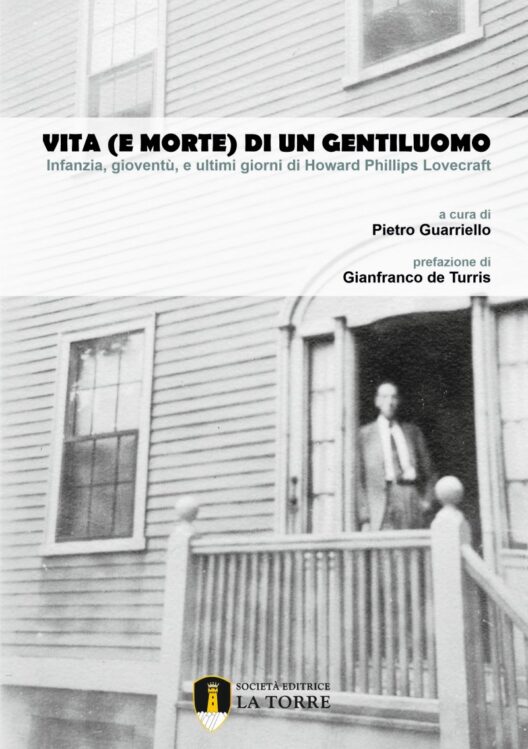I was sorry to hear that Gordon Gould, the excellent ‘Books for the Blind’ narrator of Lovecraft’s tales, has passed away at age 93, in February 2023. I discovered this via a short alt.obituaries newsgroup post…
Gordon Gould was also noted for recording an astonishing 600+ books over several decades for American Foundation for the Blind’s (AFB) Talking Book Studios under the auspices of the National Library Service for the Blind and Physically Handicapped (NLS) division of the Library of Congress.
Possibly more than that, as I see a LoC search has 1,133 titles for him, as narrator, in the online AFB catalogue. It might be useful if someone could go through them all and winnow out a links-list of all the fantastic fiction readings. I also see other interesting items there, such as Lovecraft’s Selected Letters I as an Arkham House audiobook (though not read by Gould).
His ‘Books for the Blind’ reading of the Lovecraft collection Dagon and Other Macabre Tales can be found on Archive.org and despite the title it includes many Dreamlands tales. This appears to be the only Lovecraft he recorded, and he never read Dream Quest. What a treat that would have been.
On searching, I find The Putney Post had an obituary and small photo…

Gordon Gould Jr. passed away peacefully in his Manhattan apartment on February 26, 2023. He was 92 years old. He will be remembered not only as a talented professional, but also as a loving family man and friend.
Gordon joined the Chicago Tribune as a feature writer in June 1956. Gordon was awarded the 1961 Edward Scott Beck Award for Excellence in Foreign News Reporting for his story of an adventure-packed, four and one-half month trip in which he and 11 others were the first to drive passenger cars — three bright red Corvairs — from Chicago to the Panama Canal along the Inter-American Highway. At the time, the route included a then-unfinished link through the virtually unmapped Darién jungle.
Growing up before the advent of television, Gordon yearned to be a radio actor. But by the time he was old enough to be one, radio dramas had largely disappeared. When he moved to New York, he was overjoyed to discover the CBS Radio Mystery Theater and to be invited to join its pool of actors. Gordon eventually played in 60 episodes of Mystery Theater from 1974 to 1982, and was the last American actor to portray Sherlock Holmes on a nationally syndicated radio show. Gordon played villain General Veers in the radio adaptation of The Empire Strikes Back, alongside Mark Hamill (as Luke Skywalker), Billy Dee Williams (as Lando Calrissian) and John Lithgow (as Yoda). The program first aired on NPR in the United States in 1983.
Gordon was the voice of countless radio and TV commercials. And, over 34 years, Gordon brought books to life for the visually impaired, recording more than 600 Talking Books for the Blind for the Library of Congress. Gordon was also a regular on-stage presence.
Gordon and his beloved wife of 51 years, Mary, were avid patrons of the arts, particularly opera. They regularly traveled across the United States and Europe to attend operas and music concerts. Their Manhattan apartment was a modern-day Parisian salon with friends gathering regularly to listen to music (including a recital of all of Chopin’s piano études) and exchange ideas. They frequently discussed the arts, travels, and global affairs. Gordon’s career and mind were impressive, but no more so than his gentle, loving nature. He was predeceased by his wife, Mary, and his dear son John Kinzie Gould. Gordon is survived by his beloved daughter and grandsons, Nell Gould, and Cooper and Griffin Gould.
CBS Radio Mystery Theater website has a listing of his programmes, and another small picture in uniform (perhaps made in the early 1950s).
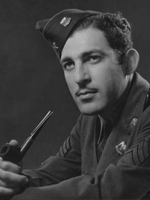
Not to be confused with his namesake, who invented the laser.

